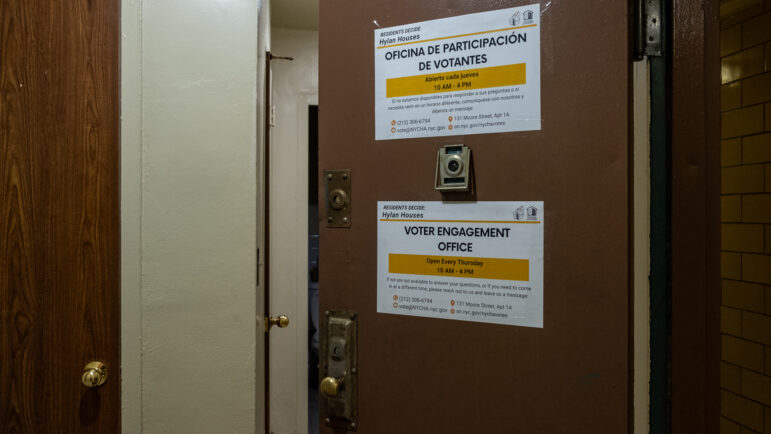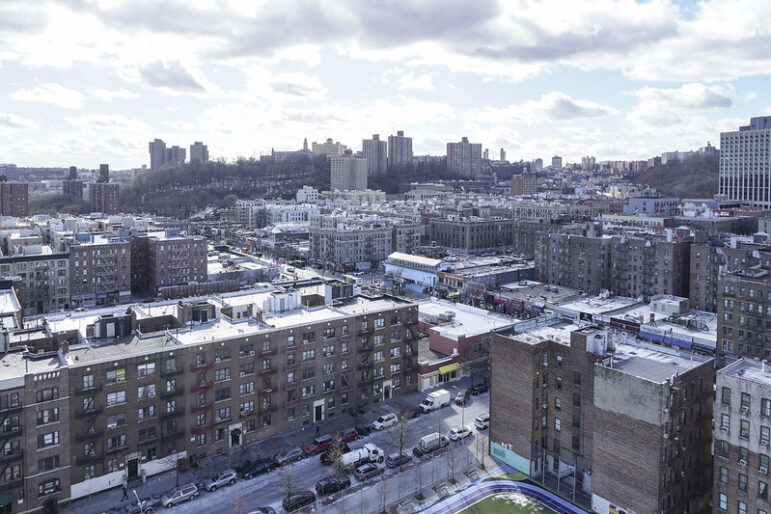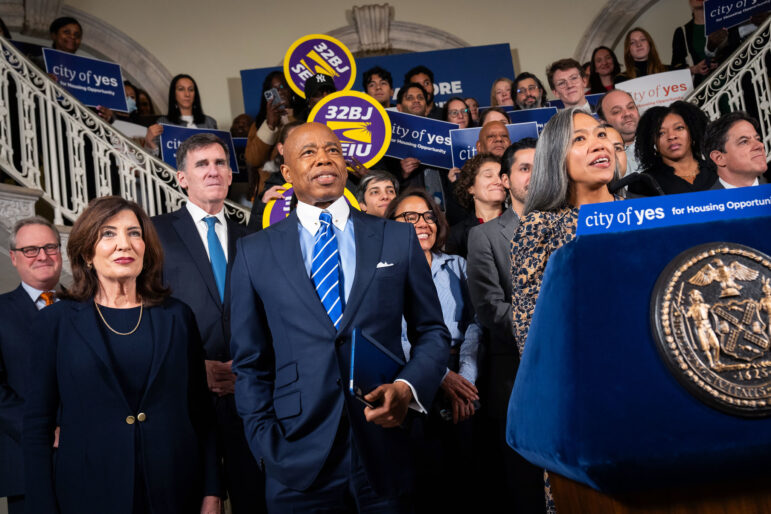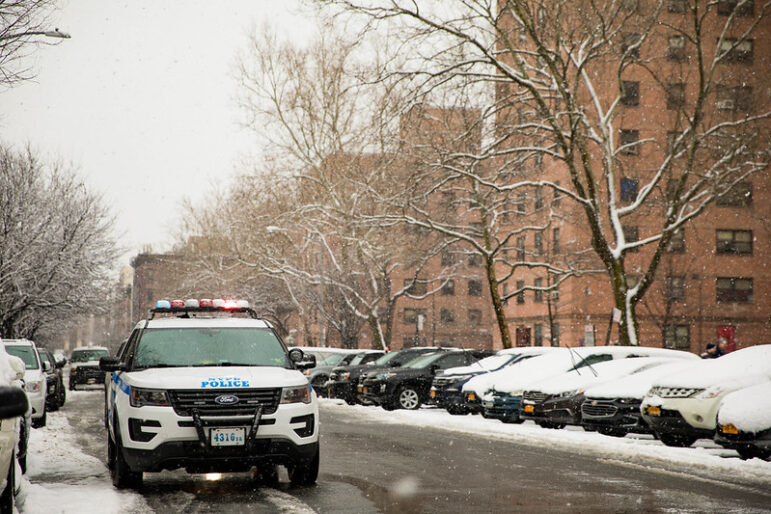The state is opening 105 apartments at the former Lincoln Correctional Facility on West 110th Street in Harlem. But local elected officials say the “co-op style” units are priced too high for the neighborhood, where housing costs have spiked in recent years.
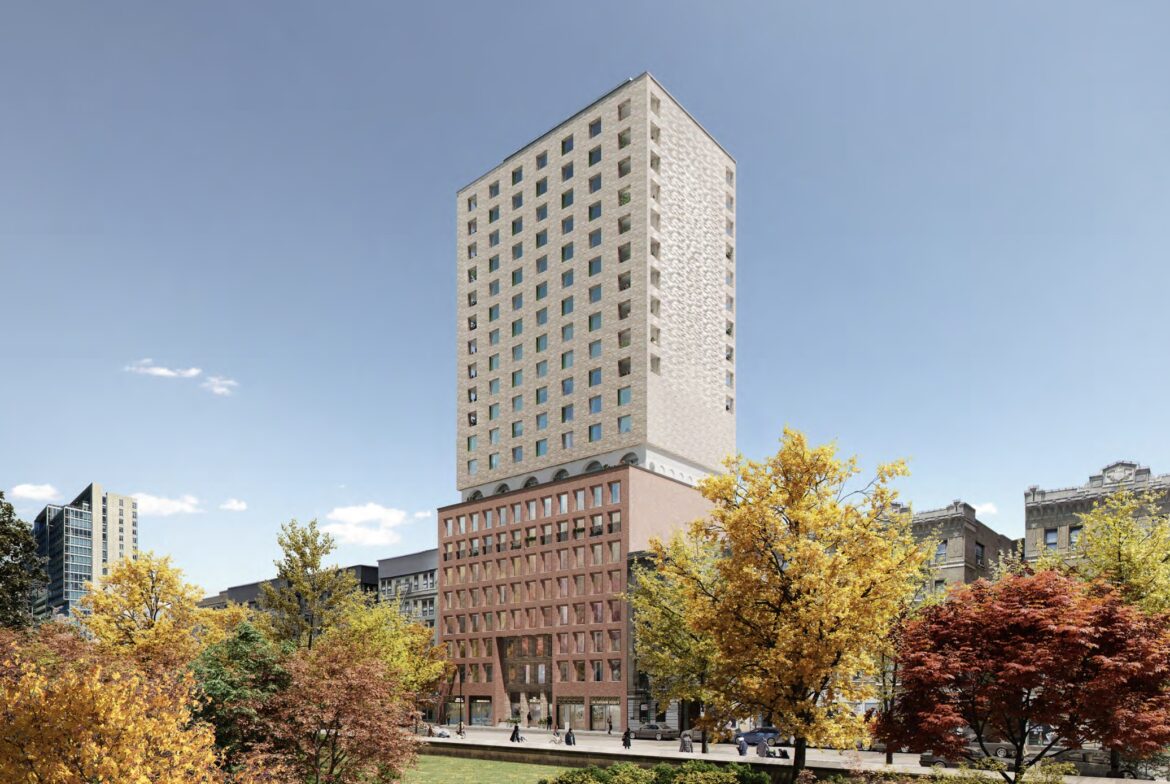
Empire State Development
A rendering of the planned development, called Seneca.New York State is planning to build 105 “co-op style” apartments at the former Lincoln Correctional Facility site on West 110th Street in Harlem, requiring just a 5 percent down payment to purchase—offering “an invaluable opportunity to build wealth through property ownership,” officials said when announcing the plan in December.
But local elected officials say the units are still priced too high for the neighborhood, where they say housing costs have spiked in recent years. They’re calling for The Empire State Development Corporation, which is overseeing the “Seneca” redevelopment plan, to halt the project until committing to deeper affordability levels.
“Children of families that have lived in Harlem for generations go off to college and are stuck with nowhere to live upon their return, because of the skyrocketing prices,” State Sen. Cordell Cleare said in a statement last week, after holding a rally alongside Assemblymember Eddie Gibbs and Councilmember Yusef Salaam, who also represent the area.
The local lawmakers say the income levels targeted by the project are out of sync with actual earnings in the neighborhood. Apartments will be set aside for households making between 80 to 100 percent of the Area Median Income, or AMI—equivalent to $86,960 to $108,700 for one person. At that level, the units would run households between $3,000 and $3,700 in payments per month, or between $36,000 and $44,400 for the year, the elected officials say.
AMI is a measure set by the federal government based on incomes in the wider New York City region. But many earn less in zip code 10026, where the Seneca project is planned, the group of elected officials say, pointing to 2023 U.S. Census data which found the median annual income for a Black household in the immediate area was $53,666.
The neighborhood’s Black population already declined from 54 percent in 2010 to 42 percent in 2020, according to the lawmakers. “I am deeply concerned that, without ensuring housing that is truly affordable, we risk pushing out the very people who have built and sustained this community for generations,” Councilmember Salaam said in a statement.
A spokesperson for Empire State Development said the proposal will not result in displacement, since the former prison site—which shut down in 2019—was not used for housing previously.
The selected development firms overseeing construction are working with a local community development organization, Harlem Congregations for Community Improvement, to do outreach about the homeownership opportunities when they open, according to ESD. The project is also slated to include art and community space.
“The transformation of the former Lincoln Correctional Facility will expand affordable homeownership in Harlem with 105 units for working New Yorkers, creating opportunities for working families to build intergenerational wealth,” the spokesperson said in a statement. “ESD, in partnership with its development partner, remains committed to working with local leaders and to ensure this project serves the community and its needs.”
To reach the editor, contact Jeanmarie@citylimits.org
Want to republish this story? Find City Limits’ reprint policy here.


